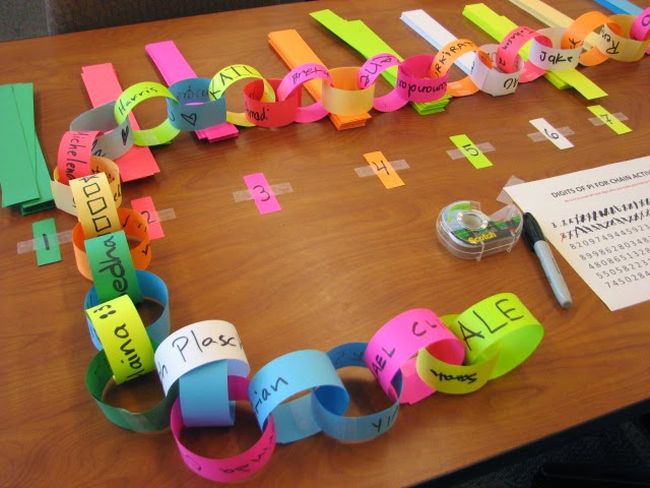
Assessing our Students Authentically
We know that knowledge can be demonstrated in multiple ways such as verbal explanation, demonstration, illustration, and writing. The notion of multiple representation brings forth a whole new way of assessing students knowledge and gives credence to the idea that students need to have many opportunities to express their thinking and in a variety of representations. I love the idea of having multiple measures because it honors ALL kids and brings forth the belief that one type of assessment is not an accurate measure of a child’s understanding. For example a student who is an English language learner may fair better with an assessment that is rooted in demonstration or illustration than one that requires explanation and writing. That is not to say that an English language learner should not partake in an assessment that requires explaining and speaking, I would argue that this type of assessment would be of great benefit as all children should develop these skills. So when it comes to why students should explain their thinking there is great value beyond informing the teacher’s practice. Children need to learn how to express their thinking, connect ideas, and justify their response. When a child can explain what they think this will also develop their confidence in the subject matter, efficacy “aha I did learn something”, and ability in thinking. Metacognition, (thinking about thinking) is not something that comes naturally to children, but can be developed by explaining their thinking. Using Web tools in the classroom can provide the teacher with a means for all students to develop their thinking and share their understanding . In this video a first grader shares how he uses base ten to decompose numbers and subtract with regrouping. As you will notice the student does not talk about “regrouping”, ‘borrowing” or “base ten” rather he thinks of an analogy of buying donuts and an ipod to justify how he can get more money to purchase these items. When an assessment is authentic and asks students to explain their thinking without the restrictions of working in a box and given explicit instructions they can be quiet successful.







